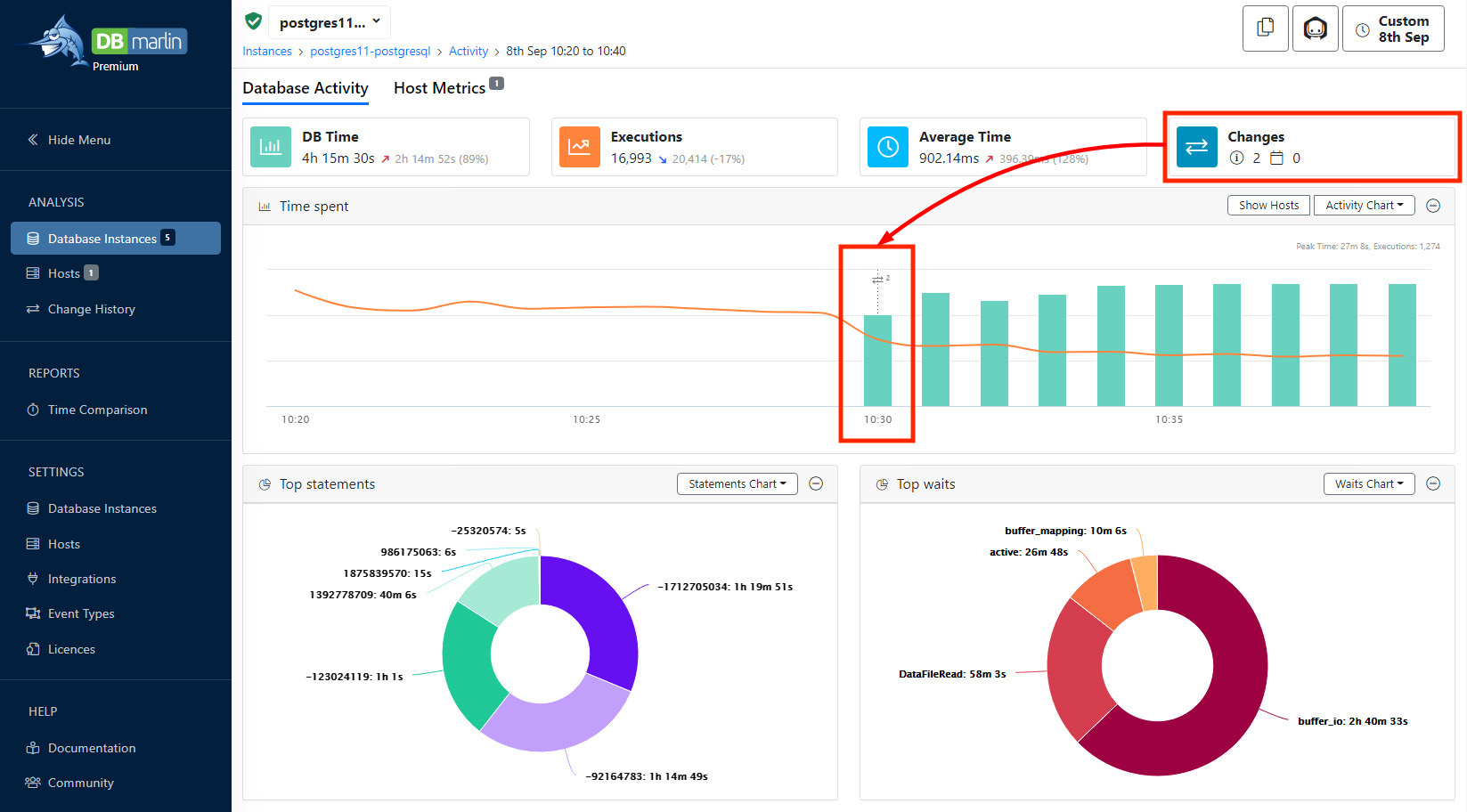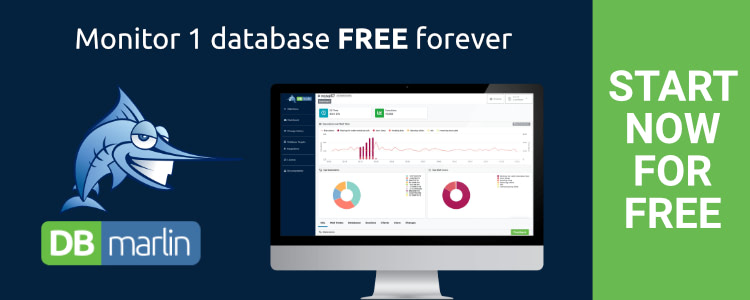The Importance of Understanding Change

Having spent many years in database and service management, I’ve lost count of the number of severity-one incidents where services have gone down and the business users expect the technical teams to get everything back up and running in record time.
These days, organisations are getting very good at major incident management, assembling teams from around the globe to focus on the current issue, each bringing their pieces of the performance puzzle to form a coherent image of not only the current situation, but the events leading up to it.
However, one area that surprisingly does not get as much focus as it deserves is database change control.
‘What’s changed?!’
While systems sometimes just break due to a failed component or the loss of a third party service, more often, outages are caused by an unforeseen side effect of a change that has been applied.
In the past, when you had smaller application environments and followed traditional waterfall release methodologies, knowing about changes that could have caused the issue were relatively easy to track down. However, in recent times with more complex application environments often based on more dynamic cloud infrastructure, which have to cope with an ever faster velocity of change, you really do need a better solution.
It is for that reason we developed DBmarlin. It brings together database performance and change monitoring into a single tool, providing the extra context you need to understand what has changed and the impact those changes are having on performance, that ultimately will be impacting your end users and customers.
DBmarlin not only pulls in change information directly from your databases, it also uses its APIs to receive associated change information from a growing list of common tools such as Jenkins and Liquibase. This information is integrated into the DBmarlin database performance timeline so you have the big picture about what is going on as well as the ability to drill down into and understand issues in real time.

As you can see from the screenshot, DBmarlin makes it easy to understand when your database server has suddenly started spending more effort on fewer transactions, following a change.
Being able to see which changes have been applied to the system and the impact suddenly allows you to feed the information into the Incident Management loop and gives you the choice of triggering the back-out plan for the change causing the issue, or directing your developers’ efforts to correcting the problem that has just occurred.
Managing major incidents is a complex task, with the need to bring technical groups together and effectively sharing information to restore service, whilst under huge pressure. So having access to change information alongside performance data is a game-changer, making life easier for everyone involved and helping to de-risk database management in complex and cloud based systems which are ubiquitous in today’s landscapes.
I wonder how many severity-one incident bridge calls from my past would have been shortened or even avoided if DBmarlin had been available!
Ready to try DBmarlin?
If you would like to find out more about DBmarlin and why we think it is special, try one of the links below.
- Get hands-on without an installation at play.dbmarlin.com
- Download DBmarlin from www.dbmarlin.com, with one FREE standard edition license, which is free forever for 1 target database.
- Follow the latest news on our LinkedIn Community at linkedin.com/showcase/dbmarlin
- Join our community on Slack at join-community.dbmarlin.com

